Whitmans
Ride Through Savage Lands
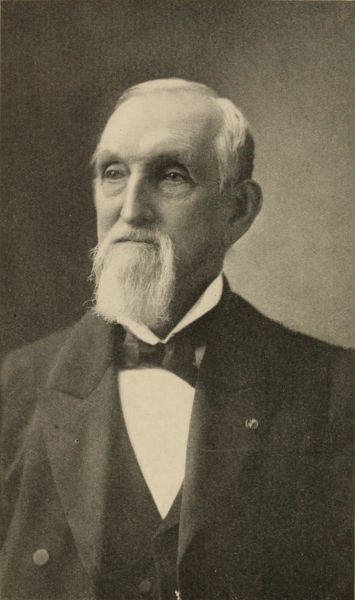
OLIVER WOODSON NIXON. M. D., LL. D.
Whitmans
Ride Through Savage Lands
with
Sketches of Indian Life
O. W. Nixon, M.D., LL.D.
Author of How Marcus Whitman Saved Oregon, The Mountain
Meadows, Etc.
Introduction by
James G. K. McClure, D.D., LL.D.
Profusely Illustrated
Published by
The Winona Publishing Company
1905
Copyright, 1905, by
THE WINONA PUBLISHING COMPANY
PREFACE
I respond with pleasure to the invitation to write a series of sketches of pioneer missionary history of early Oregon for young people. Its romantic beginnings, of the Indians demand for the white mans book of heaven, and especially to mark the heroic act of one who, in obedience to a power higher than man, made the most perilous journey through savage lands recorded in history. The same leading facts of history I have before used in my larger work, How Marcus Whitman Saved Oregon. In this I have simplified the story by omitting all discussions with critics and historians, stated only as much of historic conditions as would make clear the surroundings, and have interwoven with all, real incidents from wilderness and savage life. They are not only the experiences of the heroic characters, but some of my own when the West was wild more than a half a century ago.
O. W. N.
Biloxi, Miss., January, 1905.
INTRODUCTION
No character in Sir Walter Scotts tales appeals more directly to my heart than Old Mortality. He had a high and noble mission, to make live again the old-time worthies, and to keep in remembrance the brave deeds of the past. Any man who follows in his footsteps, and makes the world see in vivid light the heroes of another day, is to me a public benefactor. When, then, Dr. Nixon writes of Whitmans Ride Through Savage Lands, and shows the force, wisdom, and unselfishness of Dr. Marcus Whitman and his accomplished wife, I feel like doing everything within my power to express my gratitude and to secure the reading of his book.
The tale, as he tells it, is very interesting. It is a tale that has been often in the mind of the American public of late years, but it cannot be too often told nor too often pondered. It has in it the very elements that nurture bravery and patriotism. Dr. Nixon tells it well. In simple, straightforward language he gives us the whole story of Dr. Whitmans life-career, indicating the forces that inspired him and the results that attended his efforts. Dr. Nixon sees in the events of the story the guiding and determining hand of Providence. With a wisdom justified by the needs of the ordinary human mind he calls attention to the part God himself had in the career of his hero, and thus he gives to his story an uplifting significance which a thoughtless reader might fail to note.
It is the glory of our American life that every part of our land has its splendid heroes. The Atlantic and Pacific coasts are one in having been the scenes where courage and devotion have expressed themselves. The earlier years of our national history brought into recognition the deeds of greatness done in the East. These later years are being used to make manifest the endurance and manliness that marked so much of settlement and progress in the West. Plymouth deserves its monument to the Pilgrims. So does Walla Walla deserve its monument to Dr. Marcus Whitman. From boundary to boundary of our wide domain we have had heroes, the stories of whose lives tend to make devotion to duty and allegiance to God transcendently beautiful.
Among such stories this of Dr. Whitman has high place. The personality of the author of it comes often to the front in his pages, but none too often. His own experiences serve to heighten the effect of the story, and give deeper impression to the facts narrated.
I look forward to the influence of this book with pleasure. I see boys and girls rising from the reading of it with clearer views of self-sacrifice, and with a more determined purpose to make their lives daring for the good.
The book carries with it a conviction of the worth of the best things, that is most healthy. It teaches important lessons concerning missionary helpfulness, that the reader accepts without being aware of the authors purpose.
A nation to have the lions heart must be fed on lions food. The story of Dr. Whitman is such food as may well nourish the lion heart in all youth, and develop in our American homes the noblest and most attractive Christian virtues.
James G. K. McClure.
Lake Forest, Illinois.
CONTENTS
| CHAPTER I |
| The Lewis and Clark Centenary Exposition in PortlandThe Great CaptainsTheir Guides, Chabonneau and Sacajawea (The Bird-Woman) |
| CHAPTER II |
| The Visit of the Flathead Indian Chiefs to St. LouisIs the Story Authentic?IncidentsDeath of Two ChiefsThe Banquet SpeechSketches of Indian Life |
| CHAPTER III |
| The Effect of the Banquet SpeechHow it Moved Christian PeopleThe American Board Sends Drs. Parker and Whitman to InvestigateWhitmans Indian BoysHis Marriage and Second Journey |
| CHAPTER IV |
| Old Click-Click-Clackety-Clackety, the Historic WagonCamping and Incidents, and the End of the Journey |
| CHAPTER V |
| The Home-comingThe Beginning of Missionary LifeClarissaThe Little White Cayuse QueenHer DeathSketches of Daily Events |
| CHAPTER VI |
| Brief Sketch of Discovery and History of the Oregon CountryWho OwnedBy What TitleThe Various TreatiesThe Final Contest |
| CHAPTER VII |
| Why the United States Dickered with England for Half a Century Before Asserting her RightsAmerican Statesmen had a Small Appreciation of the Value of Oregon, and were Opposed to Expansion |
| CHAPTER VIII |
| The Conditions of Oregon in 1842The Arrival of American Immigrants at Whitmans MissionThe News They BroughtWhitmans Great Winter Ride to WashingtonIncidents of the JourneyReaches the Capital |
| CHAPTER IX |
| Whitman in WashingtonHis Conference with President Tyler, Secretary Webster, and Secretary of War PorterVisits Greeley in New York, and the American BoardRests, and Returns to the Frontier |
| CHAPTER X |
| Whitman Joins the Great Emigrating ColumnNews of its Safe Arrival in Oregon Reaches Washington in 1844Its Effect Upon the People, and Oregons Importance AcknowledgedThe Political ContestThe Massacre at Waiilatpuan |
| CHAPTER XI |
| The Memorials to WhitmanWhy DelayedWhy History was not Sooner WrittenWhitman College the Grand Monument |
LIST OF ILLUSTRATIONS
| FACING PAGE |
| Oliver Woodson Nixon |
| Sacajawea (the Bird-Woman) |
| Cascades of the Columbia (B. H. Gifford, Photo.) |
| Strange Visitors in Old St. Louis |
| An Indian Welcome |
| Pacific Springs, July 4, 1835 |
| The Toilsome Trail to Oregon |
| Mt. Tacoma, from Longmire Springs (the home of Nekahni) |
| Lake Chelan, First View of the Snowy Peaks |

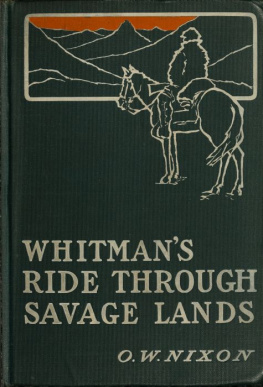

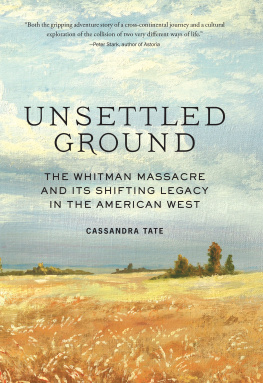
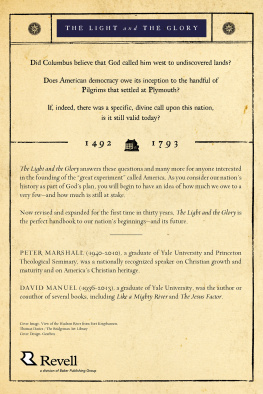
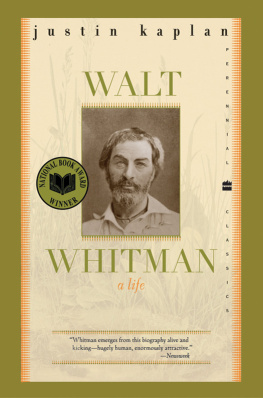

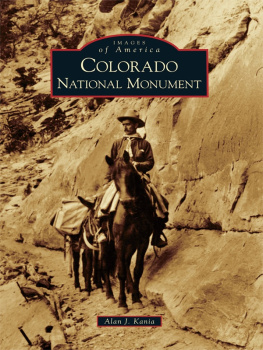

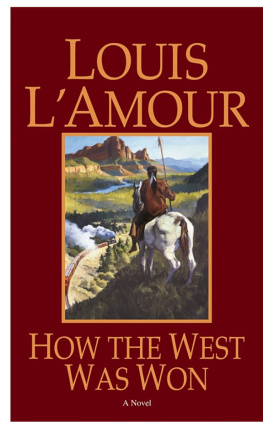
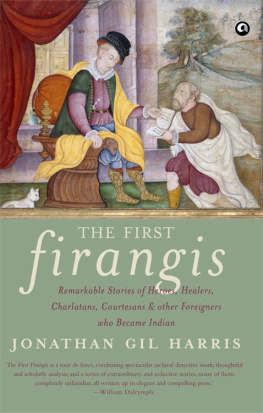
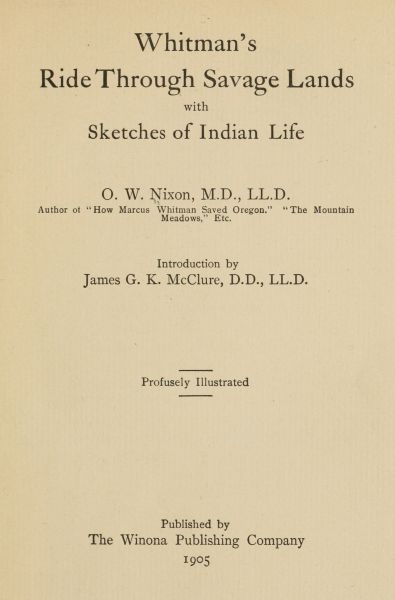
 OLIVER WOODSON NIXON. M. D., LL. D.
OLIVER WOODSON NIXON. M. D., LL. D.